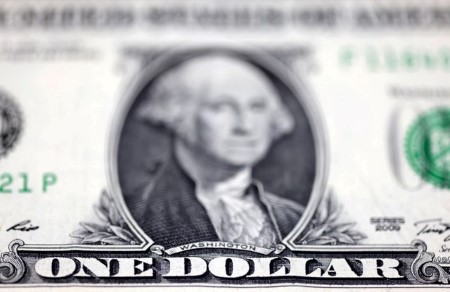




Philippines Trade Update: Exports momentum continues
 DOWNLOAD
DOWNLOAD

Quarterly Economic Growth Release: More BSP cuts to come
 DOWNLOAD
DOWNLOAD

Monthly Economic Update: Fed catches up
 DOWNLOAD
DOWNLOAD


US yields jump as hope for Fed pivot fizzles

NEW YORK, Oct 5 (Reuters) – The yield on the benchmark US 10-year Treasury note jumped on Wednesday after two straight days of declines, as economic data failed to buttress recent hopes the US Federal Reserve might adopt a less hawkish policy stance.
US economic data over the past two days hinting the labor market and economy were slowing, as well as a surprise move by the Reserve Bank of Australia (RBA) to raise rates by a less-than-expected 25 basis points helped push the yield on the 10-year down nearly 19 basis points as optimism grew the Fed might start to be less aggressive in tightening policy.
The yield on 10-year Treasury notes was up 14.4 basis points to 3.761%, on track for its biggest one-day jump since Sept. 26.
But on Wednesday, the ADP National Employment report showed private employment rose by 208,000 in September, above the 200,000 estimate of economists polled by Reuters and the 185,000 for August that was revised higher.
In addition, the Institute for Supply Management (ISM) said its non-manufacturing PMI dipped to a reading on 56.7 last month from 56.9 in August, but was above the 56.0 estimate, while its employment gauge jumped up to 53 from 50.2 in the prior month.
“The mistake some investors may be making is to be overly optimistic about a Fed pivot in the near term and they have been abundantly clear that the bar for that is just extraordinarily high to the point they haven’t even talked about a pivot,” said Bill Merz, head of capital market research at US Bank Wealth Management in Minneapolis.
“So optimism that maybe there is a Fed pivot around the corner is quite premature.”
The yield on the 30-year Treasury bond was up 8.1 basis points to 3.768%.
Investors will get two more looks at the labor market this week in the form of weekly initial jobless claims and the September payrolls report, with soft data likely to be welcomed.
Taking a different path than the RBA, the Reserve Bank of New Zealand (RBNZ) on Wednesday raised rates by 50 basis points to a seven-year high and contemplated whether to hike by 75 basis points, helping to dent hopes for a Fed shift.
Also on the hawkish side, the Swiss National Bank is prepared to raise interest rates further to tackle inflation after its recent 75-basis-point hike, SNB Governing Board member Andrea Maechler said.
Fed officials have been steadfast in recent comments that the central bank will take aggressive measures in hiking interest rates to combat rising inflation even after three straight hikes of 75 basis points.
San Francisco Federal Reserve Bank President Mary Daly said on Wednesday that markets are working well and the central bank is “resolute” on raising rates to bring down inflation.
A closely watched part of the US Treasury yield curve measuring the gap between yields on two- and 10-year Treasury notes, seen as a reliable indicator of an economic recession when inverted, was inverted by 39.5 basis points, up from the negative 57.85 hit on September 22.
The two-year US Treasury yield, which typically moves in step with interest rate expectations, was up 5.7 basis points at 4.154%.
The breakeven rate on five-year US Treasury Inflation-Protected Securities (TIPS) was last at 2.32%, after closing at 2.34% on Tuesday.
The 10-year TIPS breakeven rate was last at 2.219%, indicating the market sees inflation averaging 2.2% a year for the next decade.
(Reporting by Chuck Mikolajczak; Editing by Nick Zieminski, Kirsten Donovan)
This article originally appeared on reuters.com





 By Reuters
By Reuters